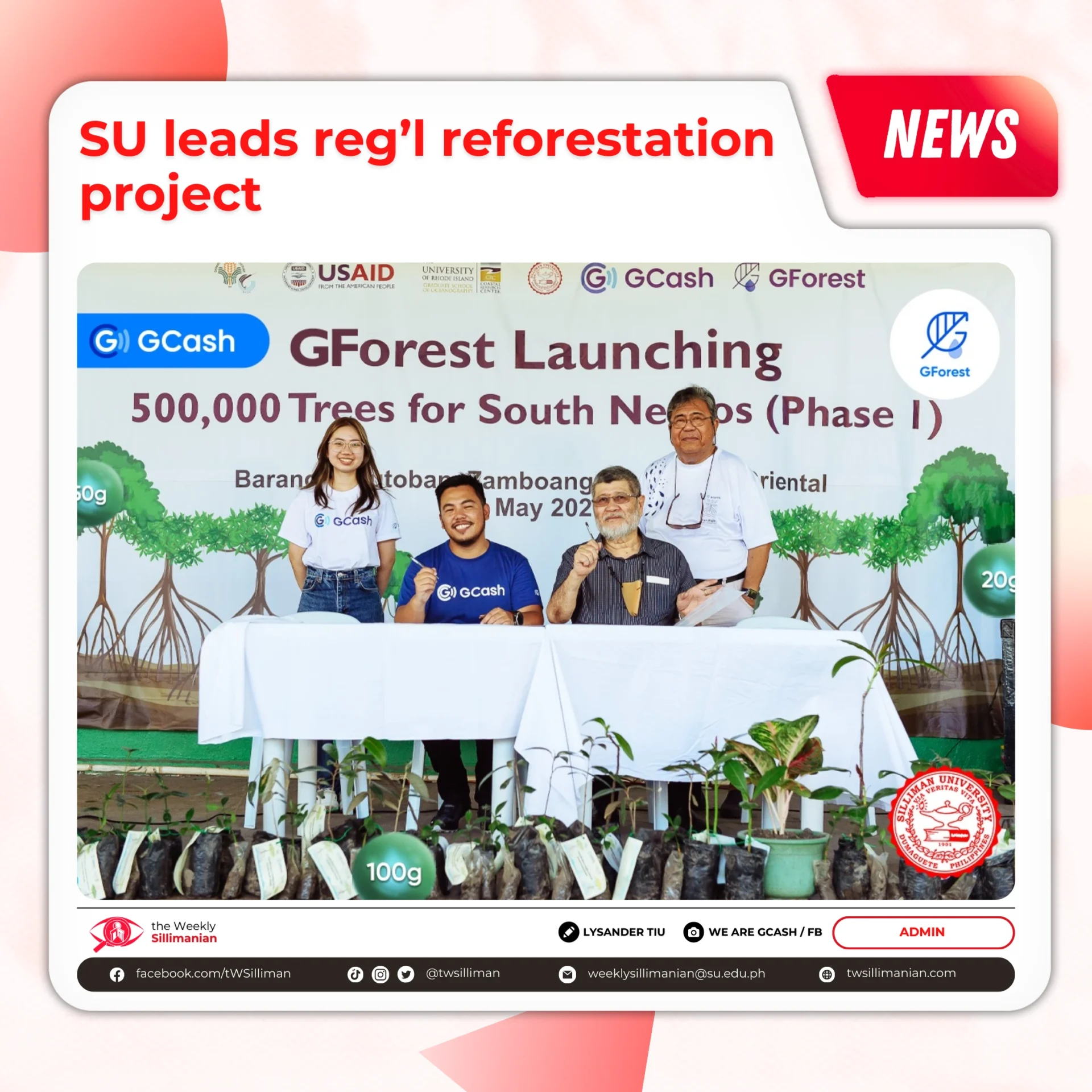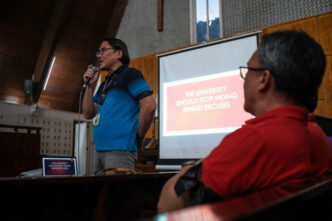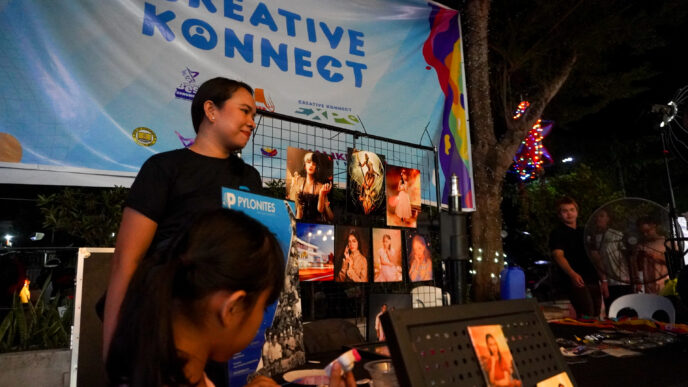By Lysander Tiu
Silliman University (SU) reinforced its commitment to environmental sustainability as it neared the halfway mark of its reforestation project in South Negros last October 2024.
Through the project, more than 150,000 mangrove and beach forest tree seedlings with a 67.28-percent survival rate over 23 hectares of land have been planted.
Some of the botanical species included the Bitaog (Callophylum inophylum), Bilubituon (Barringtonia asiatica), Bakhaw-Bato (Rhizophora stylosa), Dungon (Heritiera littoralis), Pototan (Bruguiera cylindrica), Busaing (Bruguiera gymnorhiza), and Lapis-lapis (Ceriops decandra).
Implemented by the People’s Organizations (PO) through local government units, the project was a collaboration of SU G-Xchange, Inc. (GXI), and its subsidiaries GCash and GForest with SU.
Aside from reforestation activities, the project included determining carbon storage in planted sites, contributing seedlings for climate change mitigation, and monitoring of the seedlings.
Moreover, POs involved in the project are responsible for planting in their respective sites, maintaining mangrove and beach forest nurseries, and tracking the growth and survival of seedlings.
The SU-GXI partnership is one of SU’s sustainability mechanisms under the Bureau of Fisheries and Aquatic Resources – United States Agency for International Development Fish Right Program.
According to SU logistics coordinator Clint Alvior, the project upholds the vision of SU as a Christian institution leading in total human development for society and the environment.
“Numerous institutions are already sharing Silliman’s commitment to conservation which is highlighted in partnership and collaboration projects for the environment [such as this one],” he said.
Timeline and challenges
The SU-GXI project was launched last May 15, 2023 with the aim of planting one million seedlings across South Negros Island.
In the first year of planting, the project experienced Force Majeure, or circumstances by forces of nature, which “devastated” most of the planting sites.
This year, major causes of delayed outplantings and decreased survival rates of the seedlings were the El Niño which lasted until June and typhoons Egme, Ferdie, Gener, Helen, and Kristine.
Moving forward, the project aims to plant 300,000 more seedlings by mid-2025 and plant 500,000 seedlings for its second phase.
Local communities’ involvement
SU hosted the SU-GXI Reforestation in South Negros Project 1st Annual Convention last Nov. 14 for the PO awards and Force Majeure subsidy incentives.
During the convention, POs cited challenges they faced such as weather conditions, “looting” of plant nurseries by neighbors, political tensions, issues over land ownership, and income.
Alvior shared that the project implements an incentive mechanism for participating POs for two years of planting seedlings and five years of monitoring the seedlings.
He also said that participating POs are introduced to livelihood opportunities through partnerships with relevant organizations and agencies.










